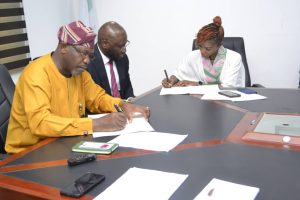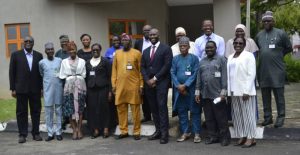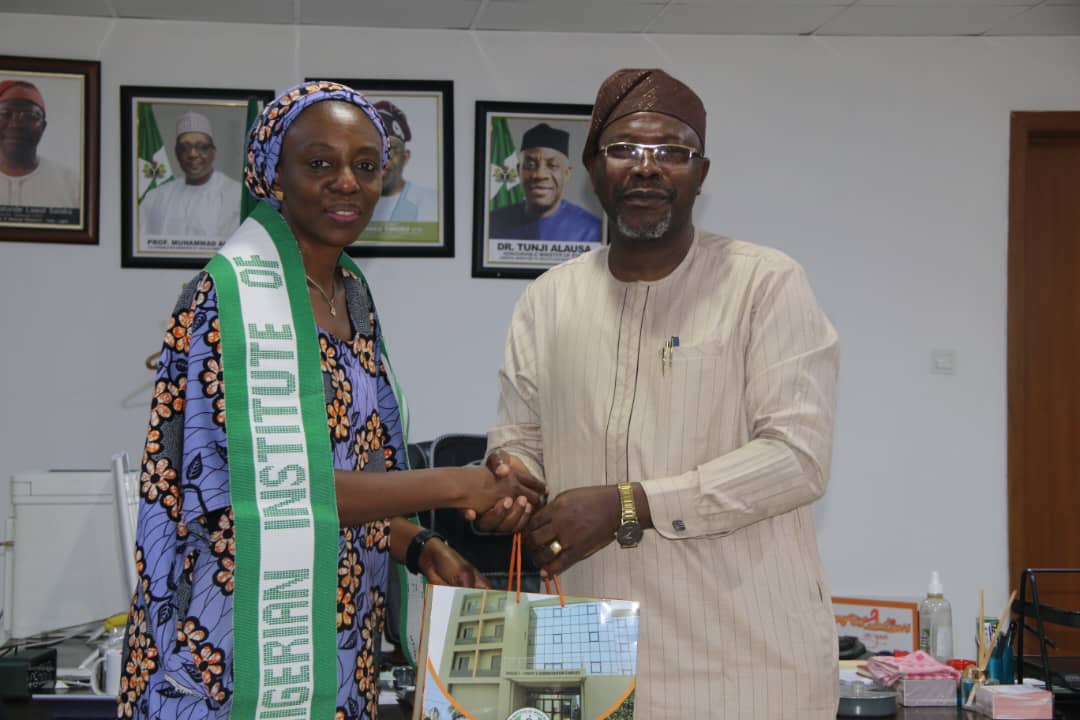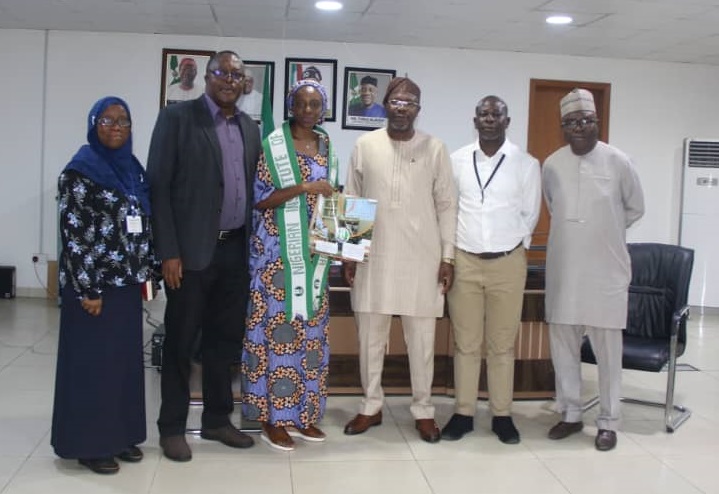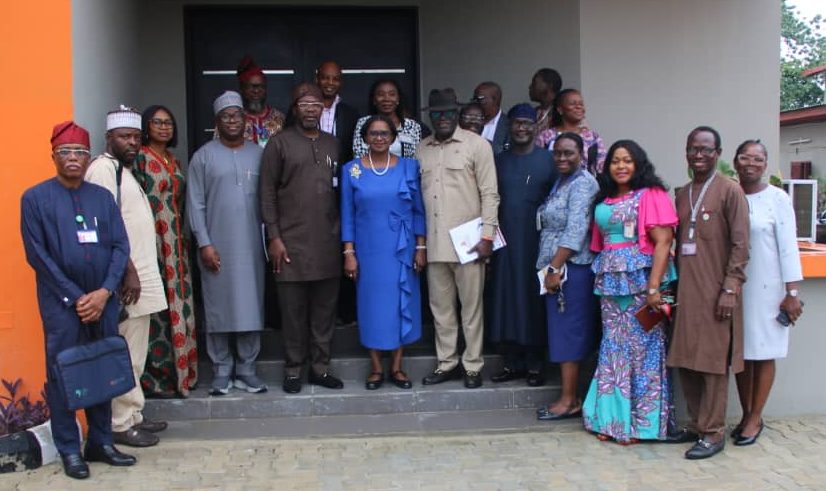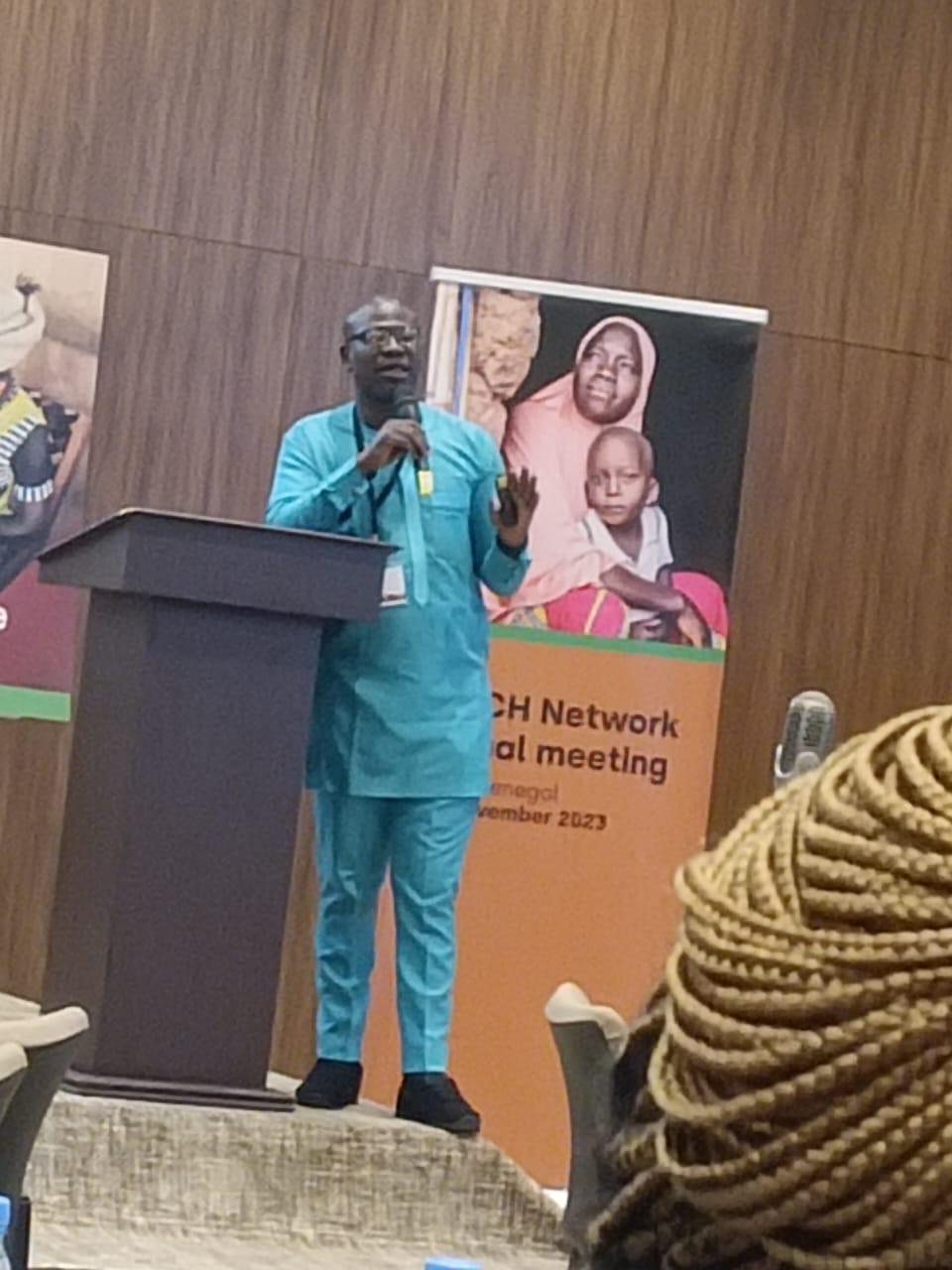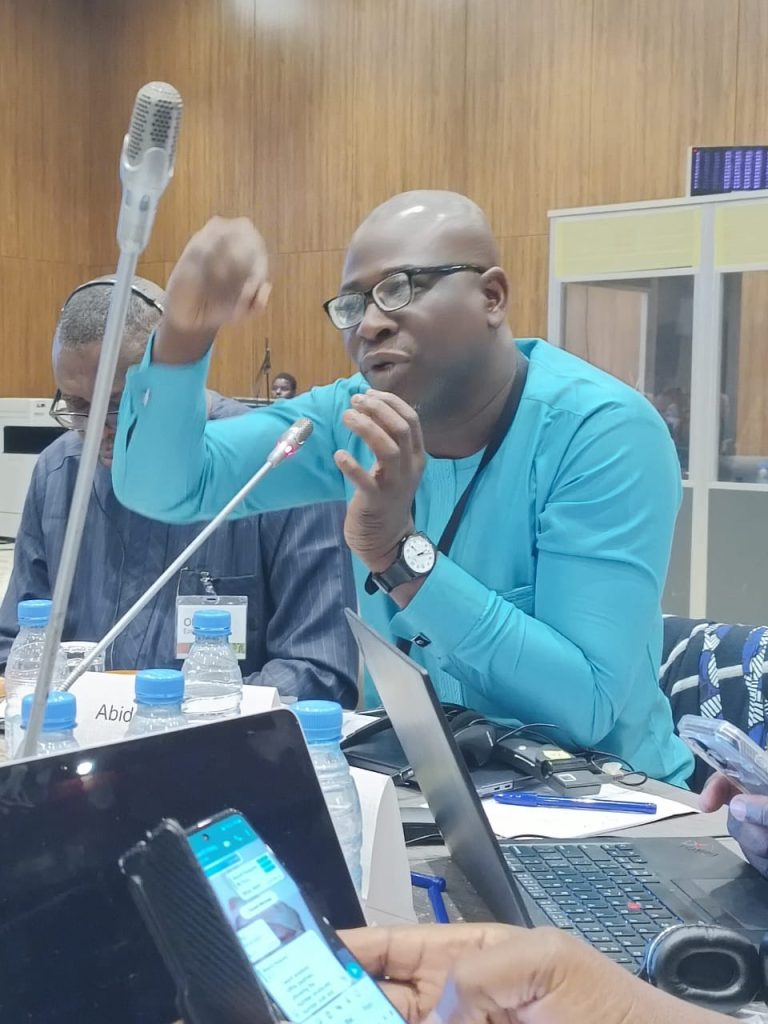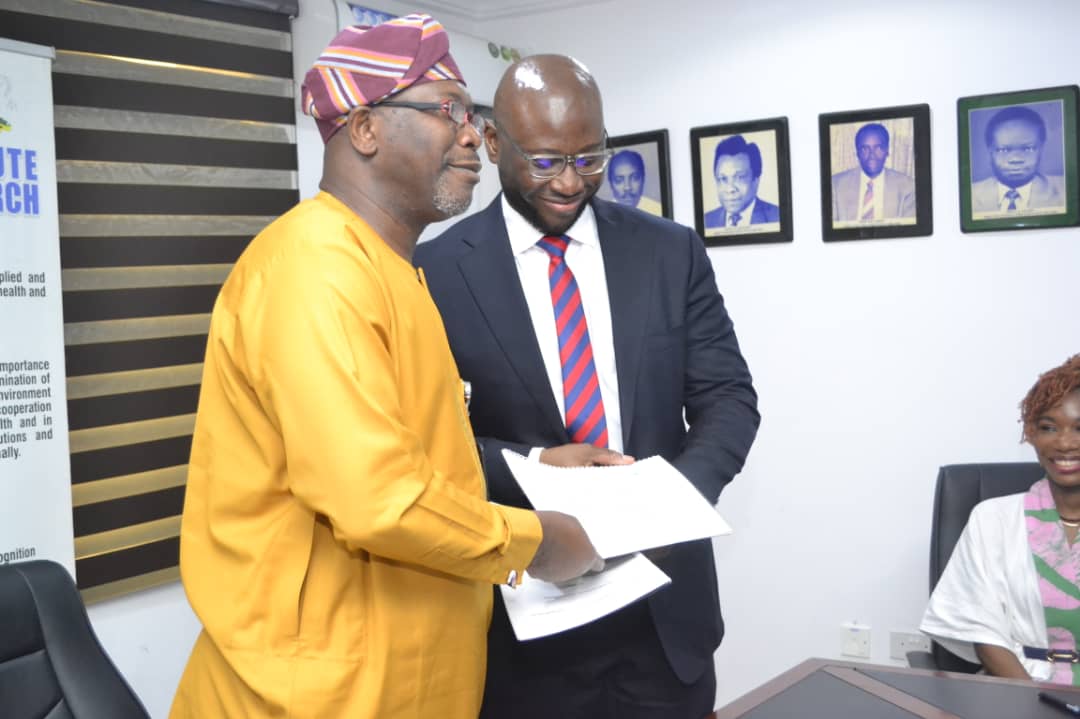Senate Committee on Health Visit
The DG, Professor Babatunde Lawal Salako & the senior management committee hosted members of the Senate Committee on health led by Senator Ipalibo Harry Banigo while on oversight function to the institute.
The committee commended the efforts & achievements of the institute in achievements in public health research.


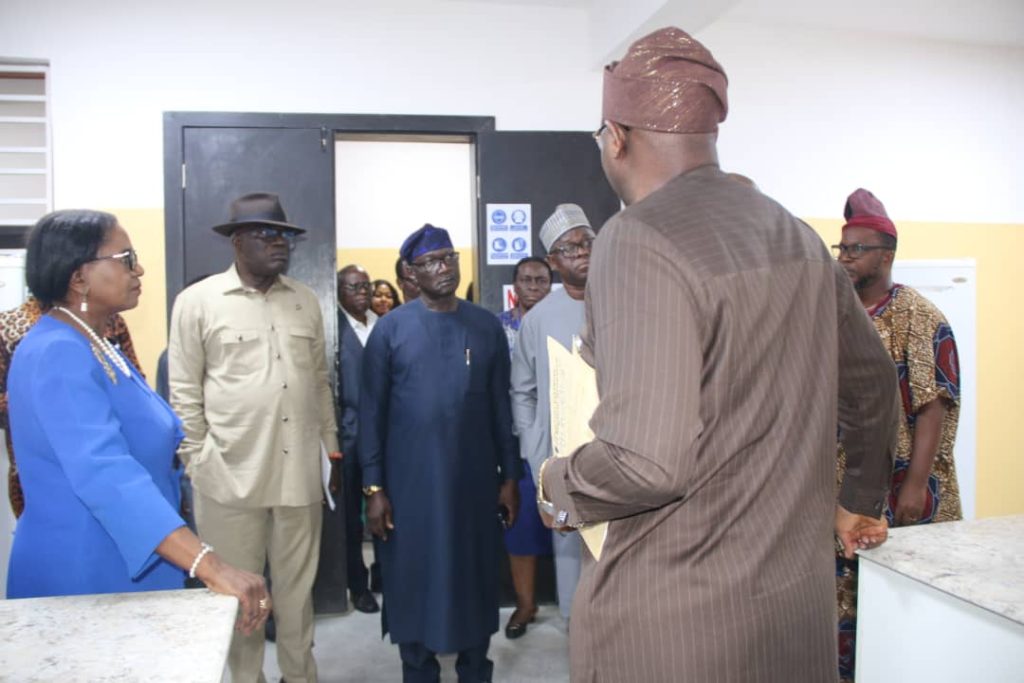

NIMR Celebrates Prof. Stella Ifeanyi SMITH, Fellow of the African Academy of Sciences.
Stella Ifeanyi SMITH (PhD) is a Director of Research, with the Nigerian Institute of Medical Research and Professor of Microbiology from the Mountain Top University.
She obtained her pre-doctoral fellowship with European Union Scholarship, at the Withington Hospital, Manchester UK and post-doctoral fellowships at Bordeaux, France and Dresden and Munich all in Germany with INSERM and Alexander von Humboldt fellowships respectively.
Her special interest is in Molecular epidemiology, antimicrobial resistance and microbiome of infectious diseases agents such as Helicobacter pylori, Salmonella spp, Campylobacter jejuni and C. coli and Enterohaemorraghic E. coli 0157:H7.
She was a Consultant to the Maastricht VI project 2021 as well as the Real-World Gastritis Initiative (RE.GA.IN), Italy 2022.
She is a reviewer to several national and international journals. She is the founding President of African Helicobacter and Microbiota Study Initiative Limited by Guarantee (AHMSI Ltd/Gte) and Co-Chair of Food- Borne Disease Genomic Surveillance Network, an initiative of African CDC.
She is a Member of Editorial Board of several journals including being Special issue Editor on Helicobacter pylori and Campylobacter for the journal, Antibiotics and Microorganisms respectively.
She is a Fellow of the Nigerian Academy of Science (FAS), Fellow of Nigerian Academy of Medicine Specialties (FAMedS), Fellow, African Academy of Sciences (FAAS) and International Federation of Biosafety Association (IFBA) certified.
REACH Network Annual Meeting
NIMR Syndicate Bio Collaboration
The DG/CEO of Nigeria Institute of Medical Research Prof Babatunde Lawal-Salako and members of his Senior Management Committee hosted the Syndicate Bio team led by the Founder/CEO Dr Abasi Ene-Obong at the institute.
The visit was to sign a Memorandum of Understanding of collaboration between both parties to strengthen precision medicine and extend the frontiers of genomic studies and drug discovery in Nigeria.
